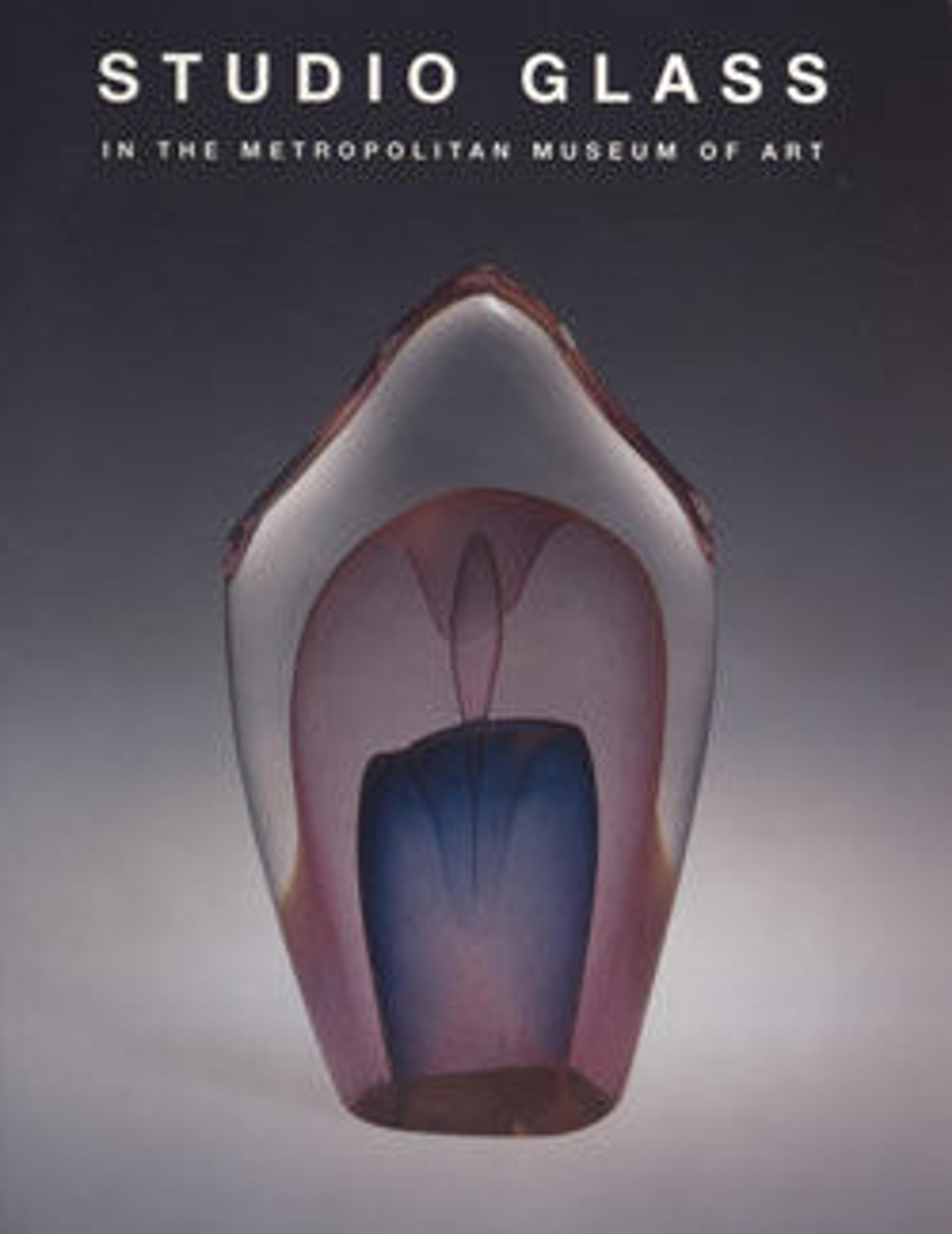Table Laid for a Bride
The tradition of glassmaking in the Czech Republic spans many centuries—from the Middle Ages through the booming Bohemian export industry of the eighteenth and nineteenth centuries to the country's current position as a leading center for avant-garde studio glass. After World War II, artists in the former Czechoslovakia were isolated from trends and technologies developing in the West. For the past fifty years, however, despite the long-unfavorable political climate and the scarcity of materials, Brychtová and Libenský have been extremely influential in the international studio-glass movement. In the 1940s Brychtová made pâte de verre vessels, sculptures, and plaques and Libenský produced enameled and acid-etched tableware. By the late 1950s the couple had begun to experiment with a larger scale and abstract forms, collaborating on architectural screens and nonfigurative sculptures.
Artwork Details
- Title:Table Laid for a Bride
- Designer:Stanislav Libensky (Czech, 1921–2002)
- Designer:Jaroslava Brychtová (Czech, 1924–2020)
- Date:1989
- Medium:Cast safrin glass
- Dimensions:9 × 17 7/8 × 7 1/8 in., 19.5 lb. (22.9 × 45.4 × 18.1 cm, 8.8 kg)
- Classification:Glass
- Credit Line:Purchase, James R. Houghton Gift, 1990
- Object Number:1990.8
- Curatorial Department: Modern and Contemporary Art
More Artwork
Research Resources
The Met provides unparalleled resources for research and welcomes an international community of students and scholars. The Met's Open Access API is where creators and researchers can connect to the The Met collection. Open Access data and public domain images are available for unrestricted commercial and noncommercial use without permission or fee.
To request images under copyright and other restrictions, please use this Image Request form.
Feedback
We continue to research and examine historical and cultural context for objects in The Met collection. If you have comments or questions about this object record, please contact us using the form below. The Museum looks forward to receiving your comments.
